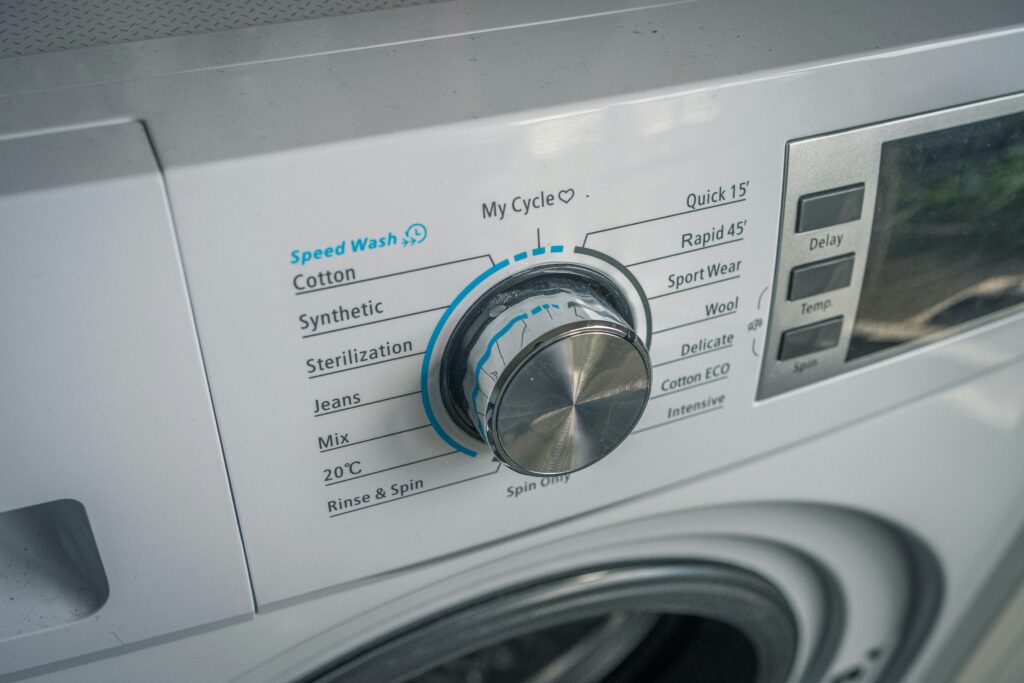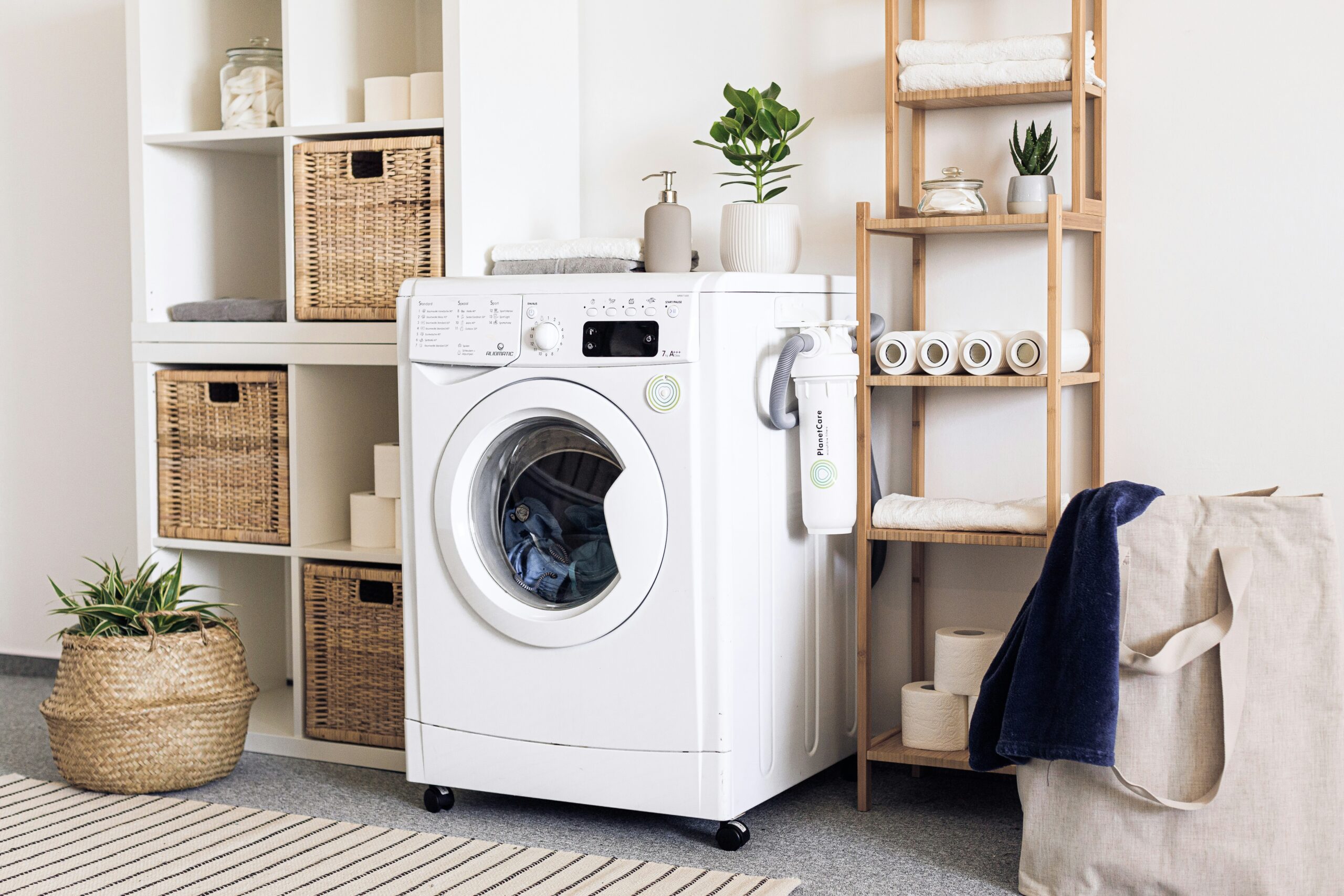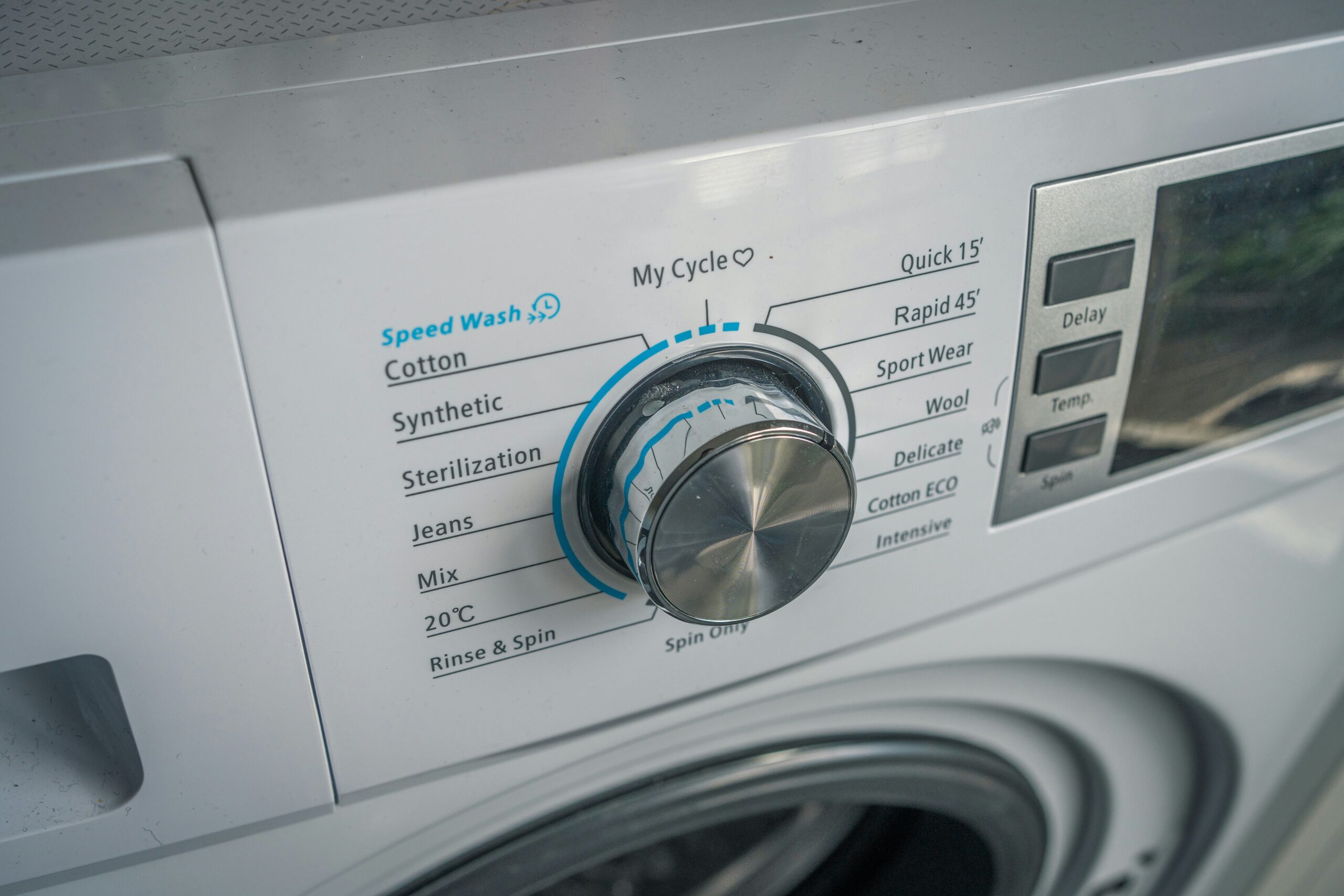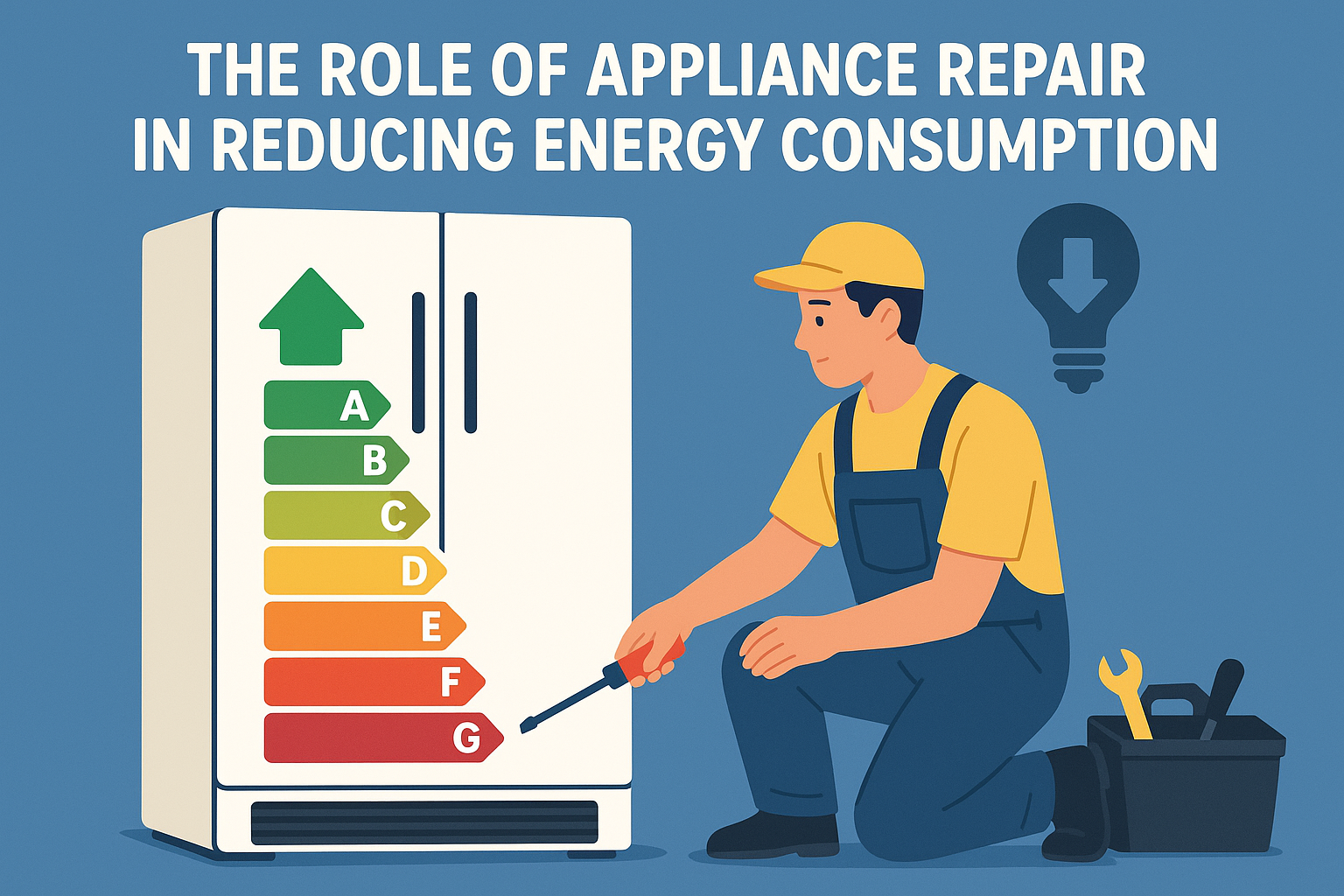The Importance of Proper Appliance Installation for Longevity
Appliances are significant investments in any home, designed to make daily tasks like cooking, cleaning, and laundry more efficient. However, their performance and lifespan depend heavily on how well they’re installed. Improper installation can lead to a host of issues, from reduced efficiency to premature breakdowns, costing you time, money, and frustration. At Tech-Angels, we understand that proper installation is the foundation of an appliance’s long-term reliability. In this comprehensive guide, we’ll explore why proper appliance installation is critical for longevity, the common mistakes to avoid, and the steps you can take to ensure your appliances are installed correctly. Whether you’re setting up a new refrigerator, dishwasher, or washing machine, this article will help you protect your investment and keep your home running smoothly. Let’s dive in!
Why Proper Appliance Installation Matters
Appliances are complex systems that rely on precise conditions to operate effectively. A poor installation can compromise their functionality, safety, and durability. Here’s why proper installation is so important:
1. Ensures Optimal Performance
Appliances are designed to operate under specific conditions. For example, a dishwasher needs a steady water supply and proper drainage to clean effectively, while a dryer requires adequate ventilation to dry clothes efficiently. Incorrect installation—such as a kinked water hose or a blocked vent—can hinder performance, leading to issues like a dishwasher that won’t start or a dryer that takes too long to dry.
2. Extends Appliance Lifespan
A well-installed appliance experiences less wear and tear, reducing the likelihood of premature failure. For instance, a washing machine that’s not level will vibrate excessively, putting strain on its motor and drum, while a refrigerator placed in a poorly ventilated space will overwork its compressor. Proper installation helps appliances last their expected lifespan—often 10–15 years or more—saving you from costly replacements.
3. Improves Energy and Water Efficiency
Improper installation can lead to inefficiencies that increase your utility bills. A refrigerator with uneven leveling may not seal properly, causing cold air to escape and forcing the compressor to run more often. Similarly, a washing machine with a restricted water inlet may use more water to complete a cycle.
4. Enhances Safety
Faulty installation can create safety hazards. For example, a dryer with a poorly connected vent can accumulate lint, posing a fire risk, while a washing machine with a loose electrical connection can cause shocks. Proper installation minimizes these risks, protecting your home and family.
5. Prevents Costly Repairs
Small installation mistakes can lead to big problems down the line. A dishwasher with an improperly secured drain hose might leak, damaging your flooring, while a refrigerator with a misaligned door can strain its hinges, leading to a failure. Proper installation reduces the need for repairs, saving you money in the long run.
6. Maintains Warranty Validity
Many appliance warranties require professional installation to remain valid. If you install an appliance incorrectly and it fails, the manufacturer may void the warranty, leaving you responsible for repair or replacement costs. Following proper installation guidelines ensures you’re covered in case of defects.
Common Installation Mistakes to Avoid
Understanding the pitfalls of appliance installation can help you avoid them. Here are some of the most common mistakes and their consequences:
1. Not Leveling the Appliance
Appliances like refrigerators, washing machines, and dishwashers must be level to function properly. An unlevel appliance can:
- Cause excessive vibrations (e.g., a washing machine “walking” during a spin cycle).
- Prevent doors from closing properly (e.g., a refrigerator door that swings open).
- Lead to uneven wear on components, shortening the appliance’s lifespan.
2. Ignoring Ventilation Requirements
Appliances that generate heat, such as dryers, refrigerators, and ovens, need proper ventilation to operate efficiently:
- A dryer with a blocked or kinked vent can overheat, damaging its heating element.
- A refrigerator in a cramped space without airflow will overwork its compressor, reducing its lifespan.
3. Incorrect Electrical Connections
Appliances require specific electrical setups, such as grounded outlets or dedicated circuits:
- Plugging a high-power appliance like a dryer into a standard outlet can overload the circuit, causing tripped breakers or fires.
- Failing to use a grounded outlet for a refrigerator can increase the risk of electrical shocks.
4. Improper Water and Drain Connections
Water-using appliances like dishwashers and washing machines need secure water and drain connections:
- A loose water inlet hose can cause leaks, leading to water damage (learn how to fix a washing machine leak in how to repair a leaking washing machine hose).
- An improperly positioned drain hose can cause backflow, leading to poor drainage or flooding.
5. Overlooking Manufacturer Instructions
Every appliance comes with specific installation instructions. Ignoring these can lead to:
- Voided warranties if the appliance fails due to improper installation.
- Reduced performance if components aren’t set up correctly (e.g., a dishwasher pump not working—see Diagnose and Fix a Faulty Dishwasher Pump).
6. Failing to Secure the Appliance
Appliances need to be secured to prevent movement during operation:
- A washing machine that isn’t bolted down can shift, damaging its internal components or surrounding cabinetry.
- A dishwasher that isn’t anchored to the countertop may vibrate excessively, loosening connections over time.
Steps for Proper Appliance Installation
To ensure your appliances are installed correctly and last as long as possible, follow these steps for each type of appliance.
General Installation Tips
- Read the Manual: Always start by reading the manufacturer’s installation instructions. These provide model-specific guidance on electrical, plumbing, and ventilation requirements.
- Prepare the Space: Clear the installation area of debris, ensure the floor is level, and verify that electrical and plumbing connections are accessible.
- Use the Right Tools: Have a level, screwdriver, wrench, pliers, and measuring tape on hand to ensure a secure installation.
- Test After Installation: Run a test cycle to confirm the appliance works properly and there are no leaks, vibrations, or unusual noises.
Refrigerator Installation
- Level the Fridge: Place a spirit level on top of the fridge to check side-to-side and front-to-back leveling. Adjust the leveling legs (usually at the front corners) so the fridge tilts slightly forward (about 1/4 inch) to help the door close naturally.
- Ensure Proper Ventilation: Leave at least 1–2 inches of space on all sides and 3–4 inches at the back for airflow to prevent the compressor from overheating.
- Connect the Water Line (If Applicable): For fridges with water dispensers, connect the water line securely, ensuring there are no kinks. Test for leaks by running water through the dispenser.
- Secure the Fridge: If the fridge is built-in, anchor it to the cabinetry as per the manual to prevent tipping.
Dishwasher Installation
- Level the Dishwasher: Use a spirit level to ensure the dishwasher is level. Adjust the legs to prevent vibrations and ensure proper drainage.
- Connect Water and Drain Lines: Secure the water inlet hose to the shut-off valve and the drain hose to the sink drain or garbage disposal. Ensure the drain hose forms a high loop (at least 20 inches above the floor) to prevent backflow.
- Anchor to the Countertop: Secure the dishwasher to the underside of the countertop or cabinetry using the provided brackets to prevent movement during operation.
- Test for Leaks: Run a short cycle and check for leaks around the water and drain connections.
Washing Machine Installation
- Level the Machine: Place a spirit level on top of the machine and adjust the legs to ensure it’s level. An unlevel machine will vibrate excessively, causing wear on components.
- Connect Hoses Securely: Attach the water inlet hoses to the hot and cold water valves, ensuring they’re not kinked. Connect the drain hose to the standpipe or laundry sink, positioning it 30–36 inches above the floor to prevent siphoning.
- Remove Shipping Bolts: If it’s a new machine, remove the shipping bolts (used to secure the drum during transport) before operation. Failure to do so can damage the drum.
- Test the Machine: Run a short cycle with no laundry to check for leaks, vibrations, or unusual noises.
Dryer Installation
- Ensure Proper Ventilation: Connect the dryer vent to an external exhaust using a rigid metal duct (avoid flexible plastic, which can trap lint). Ensure the vent path is as short and straight as possible to maximize airflow.
- Level the Dryer: Use a spirit level to ensure the dryer is level, reducing vibrations and wear on the drum.
- Use the Correct Outlet: Plug the dryer into a dedicated 240V outlet (for electric models) or connect the gas line securely (for gas models). Avoid using extension cords.
- Test the Dryer: Run a test cycle to confirm it heats properly and the vent exhausts air outside.
Oven/Range Installation
- Level the Appliance: Use a spirit level to ensure the oven is level, which is crucial for even cooking.
- Connect Power or Gas: For electric ranges, plug into a dedicated 240V outlet. For gas ranges, connect the gas line and check for leaks using a soapy water solution (bubbles indicate a leak).
- Ensure Ventilation: Leave space around the oven for heat dissipation, especially if it’s built-in.
- Secure the Anti-Tip Bracket: Install the anti-tip bracket to prevent the oven from tipping forward when the door is opened.
Post-Installation Maintenance for Longevity
Proper installation sets the stage for longevity, but ongoing maintenance is key to keeping your appliances in top condition:
- Clean Regularly: Clean refrigerator coils, dryer vents, and dishwasher filters to maintain efficiency.
- Inspect Connections: Periodically check water, drain, and electrical connections for leaks or wear.
- Schedule Professional Checkups: Annual inspections by a technician can catch potential issues early. For more on maintenance, see the importance of regular appliance maintenance.
When to Hire a Professional for Installation
While some installations can be DIY, certain situations call for professional expertise:
- Complex Electrical or Gas Connections: Installing a gas range or hardwiring a dishwasher requires specialized skills to ensure safety.
- Built-In Appliances: Built-in refrigerators or ovens often require precise measurements and cabinetry adjustments.
- Warranty Requirements: Some manufacturers require professional installation to maintain warranty coverage.
At Tech-Angels, our certified technicians offer expert installation services, ensuring your appliances are set up correctly and safely. Contact us via our contact page to schedule an installation.
Why Choose Tech-Angels?
At Tech-Angels, we’re committed to helping Vancouver residents get the most out of their appliances. From professional installation to repair and maintenance, our team ensures your appliances are set up for longevity and efficiency. Explore our blog or contact us today to book a service for more appliance care tips.
Conclusion
Proper appliance installation is the foundation of longevity, performance, and safety. By avoiding common mistakes, following manufacturer guidelines, and ensuring appliances are level, ventilated, and securely connected, you can protect your investment and enjoy years of reliable use. Whether installing a new appliance or relocating an existing one, taking the time to do it right—or hiring a professional—pays off in the long run. At Tech-Angels, we’re here to support you with expert appliance installation and repair services. Set your appliances up for success—proper installation is the key to a functional, efficient home!






